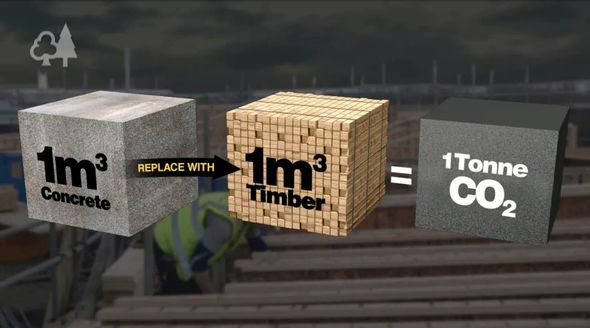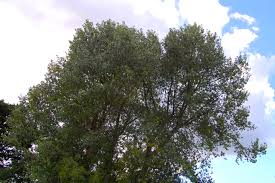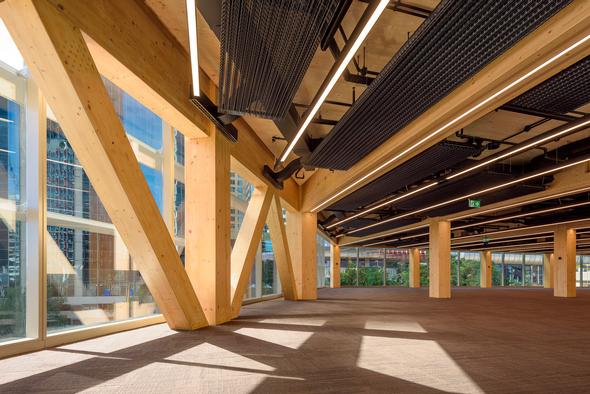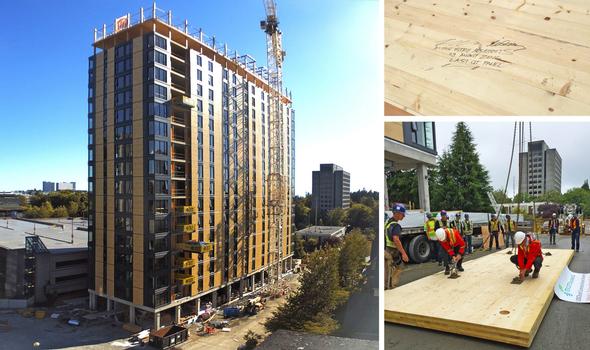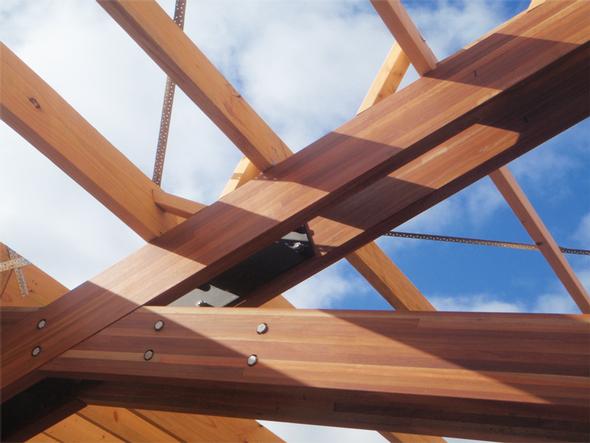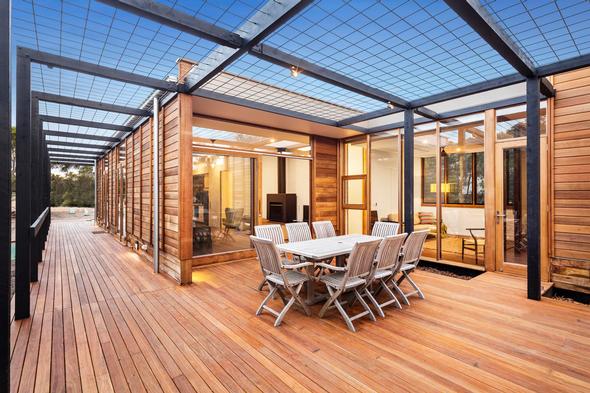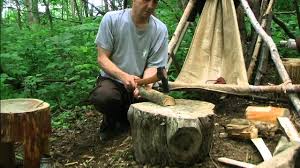Title: The Benefits of Using Wood
Source: http://makeitwood.org/benefits-of-wood/
Embodied carbon emissions in the construction sector account for over 23 per cent of total greenhouse gas emissions in Australia. Over and above operational processes like energy and transport, it is increasingly important to consider the embodied carbon emissions in building materials used in the sector.
Responsibly sourced wood is the only renewable building material available; it is naturally grown and removes CO2 from the atmosphere. Wood products then store the carbon that the growing trees have removed from the air (about 50% of the dry weight of wood is carbon).
The production and processing of wood uses much less energy – called embodied energy – than most other building materials, giving wood products a significantly lower carbon footprint. Wood can be used to substitute for materials that require larger amounts of fossil fuels to be produced.
There are many benefits of using responsibly sourced wood.
The right wood helps tackle climate change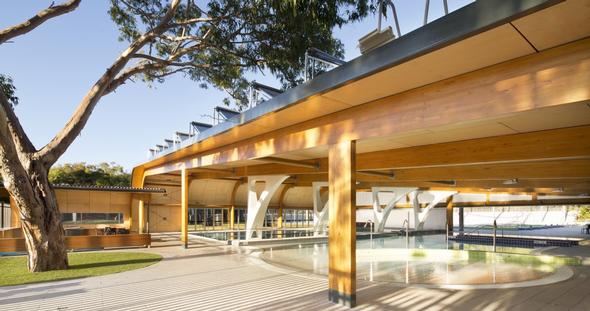
Wood is the only building material that helps tackle climate change. It is important to remove carbon from the atmosphere as well as reduce new carbon emissions going into the atmosphere. Wood achieves both of these.
The right wood stores carbon
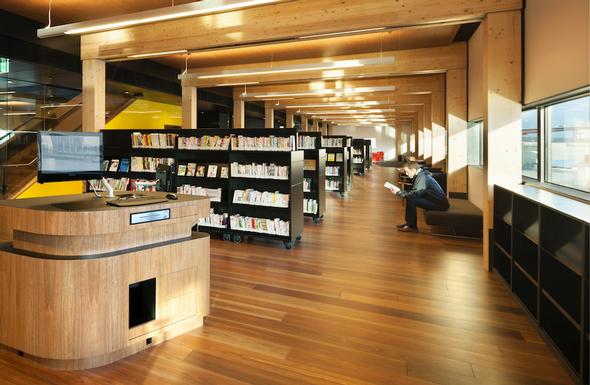
Trees and wood products have a unique ability to store carbon. As trees grow, they absorb carbon dioxide. When the trees are sustainably harvested and used to make wood products, the carbon remains stored in the wood for the life of the product. About 50% of the dry weight of wood is carbon.
Wood is good for health and wellbeing

Research has identified that the increased use of wood has measurable physiological and psychological health benefits. We now know that workers are less stressed and more productive, students learn better, patients heal faster, and people are generally happier and calmer in spaces that contain natural elements like wood.
The right wood produces less carbon dioxide
The production and processing of wood uses much less energy – known as embodied energy – than most other building materials, giving wood products a significantly lower carbon footprint. As a result wood can be used as a low-emission substitute for materials that require larger amounts of fossil fuels to be produced. As a rule of thumb, if you convert one cubic metre of a solid material, such as concrete or brick, for a cubic metre of timber, you will eliminate approximately one tonne (1000kg) of carbon dioxide from being emitted into the atmosphere.
The right wood is renewable
Responsibly sourced wood is renewable. Forests will regrow to provide a wide range of other benefits such as further carbon storage, oxygen generation and forest habitat.
Using wood can increase forest cover
The increased demand for responsibly sourced wood products that store carbon can result in an increase in well-managed forests and plantations on marginal or cleared land.
Wood is durable

Wood is a durable material for both homes and commercial buildings. When properly looked after it can last hundreds of years. Modern wood preservatives enhance natural durability.
Wood is structurally very strong
Wood is very strong structurally. A comparison with steel and concrete shows that radiata pine structural timber, for example, has a strength for weight ratio 20 percent higher than structural steel and four to five times better than non reinforced concrete in compression.
Wood is a natural insulator
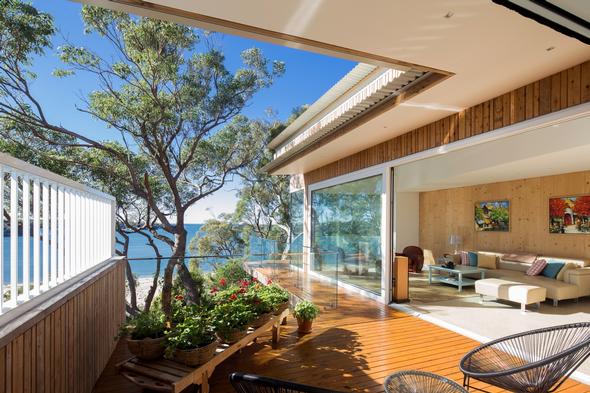
Wood is a natural insulator due to the air pockets within its cellular structure. As an insulator wood is 15 times better than masonry and concrete, 400 times better than steel, and 1,770 times better than aluminium. This helps to reduce the cost of heating and cooling a building.
Wood is fast and efficient to build with
Most wooden building are prefabricated offsite, which makes them fast and efficient to build. The 18-storey Brock Commons building in Vancouver (left) was built in 9 ½ weeks. Wooden buildings can be built year-round in most climates.
Comparative studies of the economics of different wall framing systems indicate that, in terms of direct building expenses, timber frames are consistently the most cost-effective solution.
Wood is naturally beautiful
Research by Planet Ark has identified the positive associations that wood induces in people, where an overwhelming 96 per cent of Australians agreed that wood is ‘visually appealing’ and ‘has a natural look and feel’. Eight out of ten people also thought that wood is versatile, recyclable, renewable and long lasting.
Wood provides local green jobs
Because woodwork is often done on site or pre-fabricated locally or regionally, choosing wood means supporting local jobs for carpenters and craftspeople.



